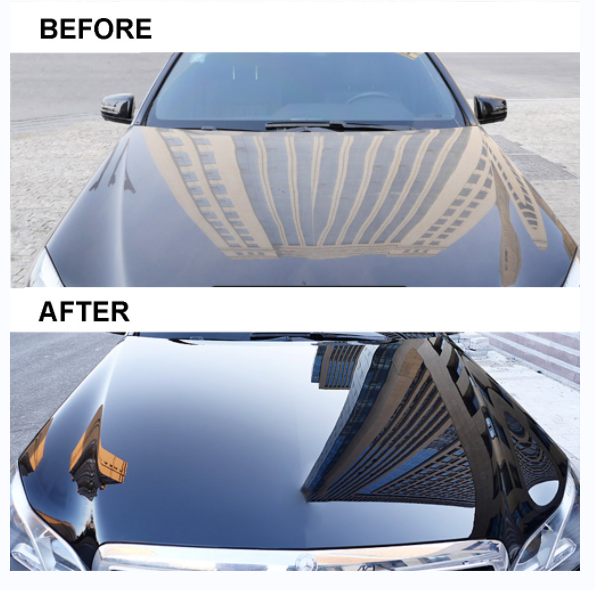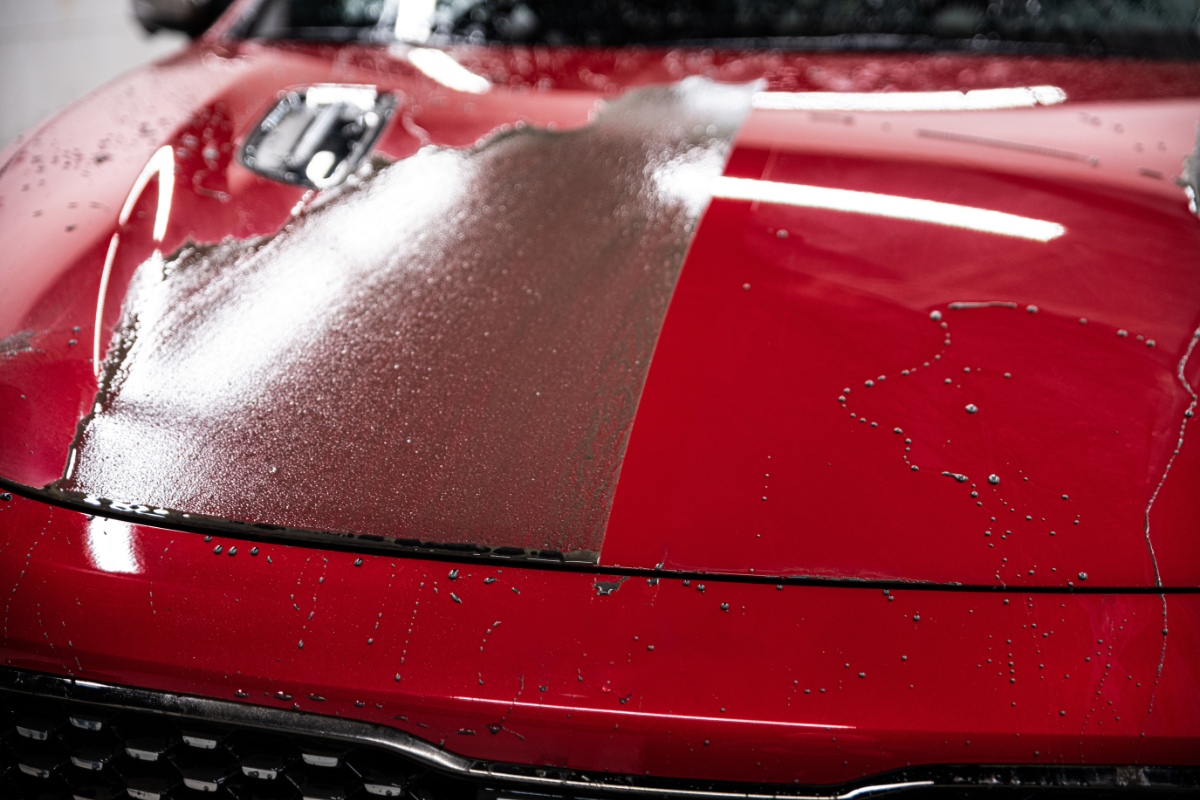A Comprehensive Overview to the Kinds of Ceramic Covering on the Market
Ceramic coverings have become a crucial solution across different markets because of their one-of-a-kind residential or commercial properties and applications. From silica-based formulas recognized for their toughness to crossbreed alternatives that combine multiple benefits, the selections available can be frustrating. Recognizing the subtleties of each type, including their particular advantages and suitable usage instances, is essential for making informed choices. As we explore the distinct features and applications of these finishes, the implications for performance and longevity become increasingly noticeable, questioning concerning which type might best suit your needs.
Comprehending Ceramic Coatings
Ceramic layers are sophisticated protective remedies that have actually gained appeal in numerous sectors, specifically in auto and aerospace applications. These coatings consist of a liquid polymer that, when cured, creates a durable, hydrophobic layer externally of the substrate. This layer gives improved resistance to environmental impurities, UV radiation, and chemical direct exposure, therefore extending the life and aesthetic charm of the underlying material.
The basic component of ceramic finishings is silica, which adds to their solidity and longevity. The application process normally involves surface area preparation, application of the coating, and curing, which can be accomplished with heat or UV light. When healed, ceramic finishings show extraordinary bonding residential or commercial properties, permitting them to stick highly to a selection of surfaces, including metals, plastics, and glass.
Along with their protective functions, ceramic finishings likewise use convenience of upkeep. Their hydrophobic nature decreases the adherence of dust and grime, making cleaning simpler and less regular. In general, the adoption of ceramic layers represents a significant advancement in surface area security modern technology, supplying both functional and aesthetic benefits throughout several sectors.
Kinds Of Ceramic Coatings
Various kinds of ceramic finishes are offered, each developed to satisfy certain performance needs and applications - Auto Detailing. The most usual types consist of:
Silica-based Coatings: These finishes mainly are composed of silicon dioxide and are recognized for their sturdiness and chemical resistance. They are extensively utilized in auto and industrial applications.
Titanium Dioxide Coatings: Distinguished for their photocatalytic residential properties, titanium dioxide coatings are usually applied in settings where self-cleaning and antifungal properties are desirable, such as in structure materials and auto coatings.
Zirconia Coatings: Defined by their high-temperature stability and thermal resistance, zirconia coverings are used in applications such as turbine engines and high-performance vehicle elements.
Alumina Coatings: Exhibiting exceptional hardness and thermal stability, alumina coatings are often made use of in wear-resistant applications, consisting of reducing devices and commercial equipment. - Auto Detailing
Crossbreed Coatings: Integrating the residential properties of different materials, hybrid layers provide enhanced performance attributes, making them ideal for distinct and requiring applications.
Each kind of ceramic finish serves distinct functions, enabling users to choose one of the most suitable service based upon particular ecological conditions and efficiency requirements.
Advantages of Ceramic Coatings
Coatings play an essential function in improving the efficiency and longevity of surfaces throughout numerous markets. Ceramic finishings, particularly, offer countless benefits that make them progressively prominent among suppliers and consumers alike. Among the main benefits is their extraordinary longevity. These coverings are immune to scratches, chemicals, and UV rays, guaranteeing that the underlying surface remains safeguarded check this over time.
In addition to durability, ceramic coverings provide superb hydrophobic properties, enabling very easy cleansing and maintenance. This water-repellent nature lessens the adherence of dirt, grime, and various other impurities, which can extend the visual allure and capability of the surface. Ceramic layers can dramatically boost thermal resistance, making them optimal for applications that endure high temperatures.

Application Refine
When using ceramic coverings, a meticulous method is vital to attain optimum results. The application procedure normally begins with extensive surface area prep work. This involves washing, decontaminating, and polishing the surface to eliminate all pollutants, consisting of dirt, oil, and prior waxes or sealants. A tidy surface area ensures appropriate adhesion of the covering.
As soon as the surface area is prepped, the following action is to apply the ceramic coating. This can be done using an applicator pad or a microfiber towel, making certain also insurance coverage. It is essential to operate in small areas to keep control and prevent premature healing. The coating should be used in slim layers, as thicker applications can lead to unequal coatings.
After application, the layer calls for a details treating time, usually ranging from a couple of hours to a full day, depending on the product. During this time around, it is vital to prevent direct exposure to dampness or impurities. A mild buffing might be necessary after treating to boost the gloss and get rid of any high places. Adhering to these steps faithfully will make best use of the performance and longevity of the ceramic coating, supplying a long lasting safety layer for the surface.
Maintenance and Durability
To ensure the long life and efficiency of a ceramic finish, routine maintenance is important. Ceramic finishes, known for their resilience and protective qualities, require specific treatment routines to maximize their life-span and efficiency.
In enhancement to normal washing, regular examinations are essential. Search for indications of wear or damage, such as hydrophobic residential or commercial properties lessening or surface flaws. If required, a light polish may be used to invigorate the finish without removing it away.
In addition, the application of a booster spray can enhance the websites finishing's hydrophobic impacts and restore its gloss. This is particularly valuable for finishings that have actually remained in use for an extensive duration. Eventually, by sticking to these upkeep techniques, one can significantly expand the life of a ceramic finishing, ensuring that it remains to provide optimal protection against ecological factors and maintain the visual charm of the automobile.
Verdict
